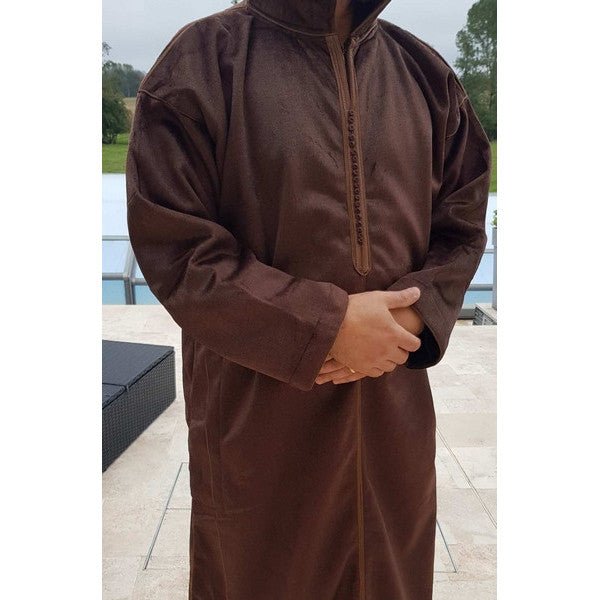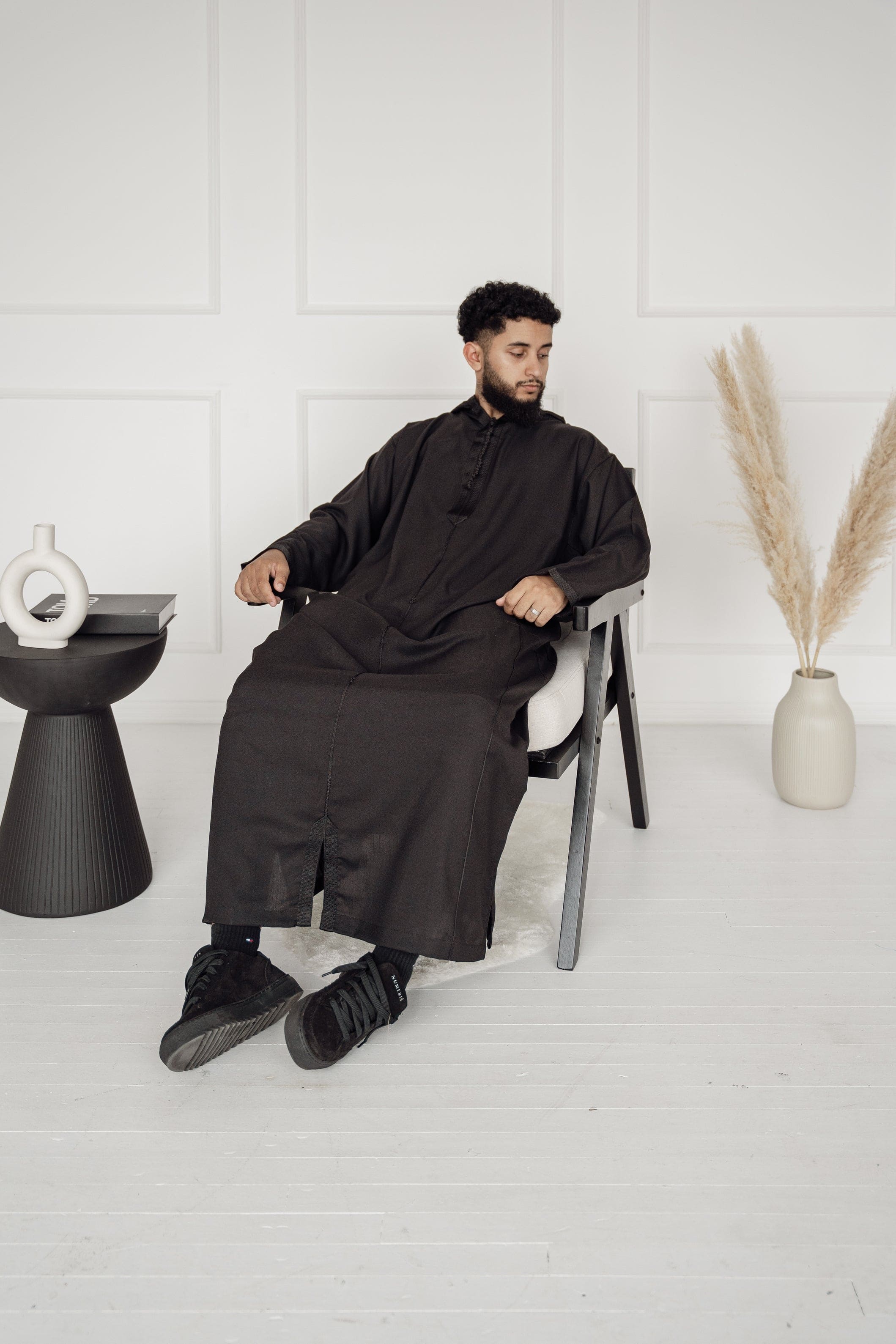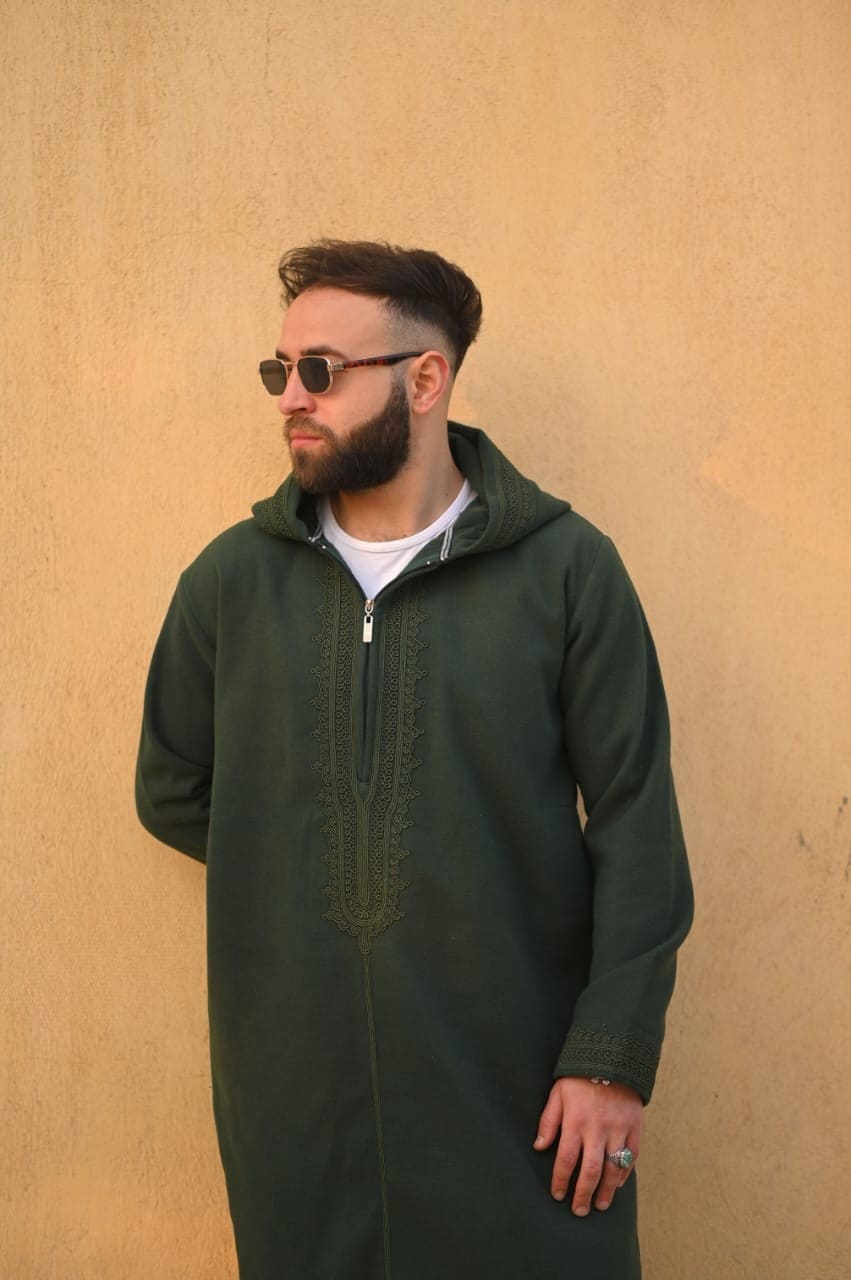Traditional clothing is as captivating as the textiles from which they are constructed in terms of cultural depth and history. Understanding what is difference between burnous and djellaba reveals two such outfits that often draw attention.
Both garments have their origins in North African and Arab traditions, and they serve the function of practicality and symbolism of their cultures. But what is difference between burnous and djellaba? This question often arises for individuals interested in cultural styles, so let us investigate the differences.
Do People in the UK Wear Burnous and Djellaba?
People in the United Kingdom do not often dress in traditional North African attire. These are culturally significant clothes in nations like Morocco and Algeria. However, they are not part of conventional attire in the United Kingdom.
People in the United Kingdom dress in various styles inspired by Western fashion trends and personal preferences. It may include everything from jeans, t-shirts, skirts, and suits to more formal apparel for special events. Because the UK has a varied population, you will see individuals dressed in attire from numerous ethnicities and origins. However, burnous and djellaba are not usually seen in this region.
What is Difference Between Burnous and Djellaba?- Overview
The following considerable factors pinpoint the fundamental aspects through which you can find the answers to what is difference between burnous and djellaba:
Origin and Historical Context
The first difference between the two outfits is their historical roots. While the djellaba relates to Morocco, the burnous is associated with Algeria and Tunisia. Both garments have strong roots in the Muslim world and have been adopted through time by numerous North African tribes and cultures. Their use has expanded beyond religious festivals and rituals to encompass daily wear, demonstrating their adaptability and cultural significance.
Design and Structure
Djellaba is a traditional African garment consisting of a long, baggy robe with full sleeves and a hood. Wool, cotton, or synthetic fibres are the most common materials used in its production. The hood, often called the cob, is efficient since it shields the wearer from the Sun and the wind.
Although men and women both wear the djellaba, the designs of the two versions of the garment are distinct from one another. The patterns of men's djellabas are often monochromatic and more straightforward, while women may have elaborate needlework and vivid shades.
On the other hand, a burnous is often a woollen cloak with no sleeves. In addition, it has a hood, and its colour is often white or cream. Providing warmth is the primary function and is most often worn on top of other articles of clothing. The djellaba has complete sleeves and falls to the ankles, while the burnous resembles more of a cloak and may or may not reach down to the ankles.
Functionality and Use
Another aspect to examine while figuring out what is difference between burnous and djellaba is their functioning and application. The djellaba serves as both ordinary clothing and ceremonial apparel. It is usually worn over conventional clothing and is suitable for various weather situations, from blazing heat to milder temps.
On the other hand, the burnous is frequently saved for colder weather because of its thick woollen weave. It also has ceremonial significance and is typically worn during significant events and ceremonies such as weddings.
Gender and Social Implications
While men and women wear both outfits, their connotations differ depending on gender and social environment. For instance, in many locations, the djellaba is a common element of wardrobes for both genders, although with differences in colour, texture, and embellishment. Meanwhile, males are likelier to wear the burnous, especially those with better social status or for specified ceremonial events.
Final Wrap Up
Learning about what is difference between burnous and djellaba explains that while both garments originate in North African and Arab traditions and share elements like a hood, they vary significantly in origin, style, utility, and social meanings. The djellaba collection is a more adaptable, full-sleeved robe often worn as an overgarment. At the same time, the burnous is a sleeveless, frequently ceremonial cloak primarily used for warmth.
Both types of clothes and relevant attires are available in a wide variety in New Arabia, UK, and are rich in cultural values. However, their individualised qualities set them apart.



